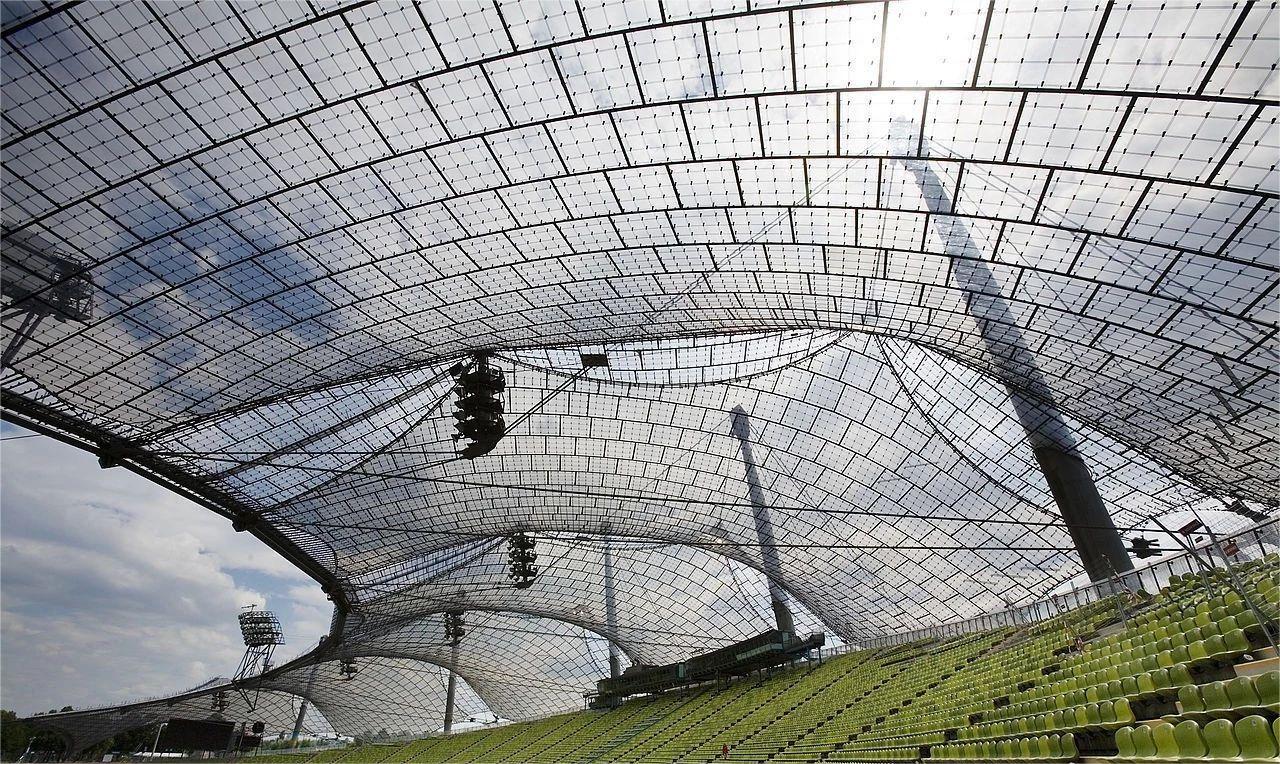A light and agile architectural soul
Yi Si Kahn once asked a brick, "What do you want to be?" The brick replied, "I want to be an arch.
Frey Otto raised this question to the air and then used his wisdom and creativity to wrap "air" in creating architecture.

▲ Frey Otto's image comes from the internet
The saddest and most unique day in the architectural design industry in 2015 was when the Pritzker Prize Jury decided to officially announce two weeks in advance that Frey Otto had won the 2015 Pritzker Architecture Award. This is the first time in 36 years that the Pulitzer Prize has been announced after the recipient's death.
Throughout his life, Frey Otto created countless imaginative, vivid, and unprecedented spaces and structures. He also created new knowledge. His profound influence was not in simple formal replication, but in the paths he explored through research and discovery. His contribution to the field of architecture was not only technical and intellectual, but also moral.
In recognition of his visionary ideas, humble attitude, belief in the free sharing of knowledge and inventions, his collaborative spirit, and concern for the cautious use of resources, we award the 2015 Pritzker Architecture Award to Frey Otto
After the committee delivered this award speech, there was only an orderly and quiet applause at the scene to bless this great soul.

▲图片来源于网络
He planned to join architecture in university, but was conscripted into the army. So Frey participated in the war as an air force, but unfortunately he was arrested and spent two years as a prisoner of war in a dark prison. But he did not give up his dream. As an architect of the prisoner of war camp, Frey learned to use as few materials as possible to build various types of structures.

▲ Frey Otto's image comes from the internet
After the war ended, Frey Otto returned to China in 1948 and studied architecture at the Technical University of Berlin. During the German Empire, German architecture was based on heavy and sturdy support structures, and Frey Otto aspired to change everything that existed. He utilized the concept of Air Force aircraft to achieve his ideal of lightweight, open, democratic, and low-cost buildings using thin films and lightweight support structures.


▲ Images sourced from the internet
Richard Rogers, a member of the Pritzker Prize jury, also mentioned in a statement that nature is an important source of inspiration for Otto, as bird skeletons, soap bubbles, or spider webs can all be utilized by him in structural creation.

▲ Images sourced from the internet
Frey Otto's most famous design is the world-renowned Munich Olympic Sports Park main stadium. The entire roof of the stadium uses a semi transparent tent shape, and the link support is composed of cable steel cables. The mesh cable roof is embedded with light gray brown acrylic plastic glass, and the glass is clamped in an aluminum frame with a fluoroprene card, allowing light to perfectly penetrate the roof. The rich changes in light and shadow bring a light and agile feeling to the venue.


▲ Images sourced from the internet
At the 2000 Hanover World Expo, Frey collaborated with 2014 Pulitzer Prize winner Sakamoto to create the world's lightest and most environmentally friendly architectural exhibition hall, the Japan Pavilion. The entire museum is constructed entirely of recycled recycled paper and a combination of paper pipes. During the six month long World Expo, the paper buildings have experienced various weather conditions. They can block heat in midsummer and prevent rain leakage in rainy days. The lightweight paper materials have not even been blown down by strong winds, perfectly demonstrating that lightweight buildings can be sturdy, comfortable, and beautiful. After the World Expo, these natural materials were shipped back to Japan and made into exercise books for elementary school students
 ▲ The images of the 2000 Hanover World Expo were sourced from the internet
▲ The images of the 2000 Hanover World Expo were sourced from the internet


▲ Images sourced from the internet
Frey used other materials and building systems such as mesh shells, bamboo, and wood grids in his design. He has made significant progress in the use of air as a structural material, aerodynamic theory, and the development of variable roofs. Moreover, Ferrer did not consider his research achievements as his unique wealth. He shared his research findings with others and wrote a book titled "Tension Structures: Design, Structure, and Calculation of Cable, Mesh, and Membrane Buildings"


▲ Images sourced from the internet
Throughout his life, Ferry created many imaginative spaces and structures that he had never seen before. He not only left behind buildings full of artistic sense for future generations, but also gave inspiration to future architects. Abandoning outdated ideas to build new spaces and structures, abandoning inherent materials to discover new possibilities, without losing the robustness, aesthetics, and comfort required for architecture.
”Frey is a representative of freedom, free and liberated like a flying bird, sometimes diving and sometimes soaring, creating elegant and happy arcs that are not bound by past dogmas. His amazing economy of lines and infinite imagination have transcended the limitations of engineering technology, making the marriage of form and function as seamless as the air we breathe and as beautiful as the nature we see ——Peter Palenburg, Chairman of the Pritzker Architecture Awards Jury.“